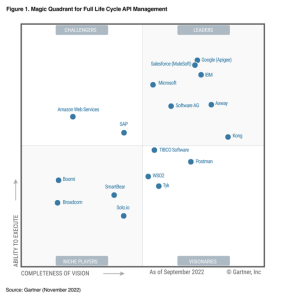
WASHINGTON, July 13, 2023 – The Federal Communications Commission is evaluating how artificial intelligence can be used in dynamic spectrum sharing, protect against harmful robocalls and improve the national broadband map.
The FCC joined with the National Science Foundation in a forum Thursday to discuss how AI can be used to improve agency operations. Chairwoman Jessica Rosenworcel said that the points and solutions discussed during the event will spearhead the FCC’s August open meeting.
She pointed to spectrum sharing optimization as a major improvement possible through AI optimization. “Smarter radios using AI can work with each other without a central authority dictating the best use of spectrum in every environment,” she said, claiming that the technology is “not far off.”

AI can be used to make congestion control decisions, which is a major opportunity for dynamic spectrum sharing, said Ness Shroff, director of NSF AI institute, in a panel discussion. It can also be used to sense when federal agencies are using spectrum bands to allow commercial use on federally owned spectrum without disrupting high-priority use.
This comes as the FCC is facing spectrum availability concerns. In its June open meeting, the FCC issued proposed rulemaking that explores how the 42 – 42.5 GHz spectrum band might be made available on a shared basis.
As research progresses, we will see more uses of AI for the FCC and in the telecom field in general, Shroff concluded.
Lisa Guess, senior vice president of solutions engineering at telecom Ericsson, said that AI can be an important tool for getting a more granular national broadband map by analyzing areas that are likely to be overreported and analyzing the data submitted for accuracy and consistency.

Shroff added that AI could analyze federal grant programs to determine how successful they are and find solutions for problem areas.
Illegal robocalls can also be addressed through AI which can flag certain patterns that are deemed suspicious and analyze voice biometrics for synthesized voices, said Alisa Valentin, senior director of technology and telecommunications policy at the National Urban League. Unfortunately, AI also makes it easier for bad actors to appear legitimate, she said, which is why the FCC needs to address new concerns as they appear.
Harold Feld, senior vice president for consumer advocacy group Public Knowledge, added that the FCC needs to recognize that AI is a tool to be utilized but also a cause of potential concern that the agency needs to anticipate. He urged the FCC to develop regulations now that will prohibit its misuse in the future.
Rosenworcel expressed her optimism about the future of AI in opening remarks. “Every day I see how communications networks power our world. I know how their expansion and evolution can change commercial and civic life. I also know the power of those communications networks can grow exponentially when we can use AI to understand how to increase the efficiency and effectiveness of our networks,” she said.
Commissioner Nathan Simington added his support, emphasizing the need to maintain American headway as the technology leader of the world. “Most visions for a shared spectral future depend on one or another implementation of machine learning in automated frequency coordination,” he said.
Simington added caution against casting regulatory solutions to problems that do not exist yet that may “be worse than the disease.”
AI in telecommunications
Not only is AI a game changer for the FCC, but it can also transform the way that telecommunications companies run their businesses, said Jorge Amar, senior partner at global management consulting firm, McKinsey and Company. AI can provide companies hyper personalization for consumer experience, improve labor productivity, and improve internal network operation.
Generative AI “has potential to continue to disrupt how AI transforms telecom companies,” added Amar. Almost every telecom company is starting to work with AI, which is increasing the value of the industry, he said — “it is here to stay.”
In fact, AI has a unique customer experience application for people with disabilities by predicting the likelihood that a particular customer will call customer service and preempt them by calling the consumer themselves and help address their pain points, said Amar.
An easy application of AI that is already being deployed is chat bots that are able to respond to consumer’s concerns in real time and limit the amount of time waiting on hold or conversing with an employee, he added.
Rosenworcel highlighted network resiliency in her remarks, saying that AI “can help proactively diagnose difficulties, orchestrate solutions, and heal networks on its own,” especially in response to weather events that create unforeseen technical problems. “That means operators can fix problems before they reach customers, and design them with radically improved intelligence and efficiency.”
The House Subcommittee on Communications and Technology passed a bill Wednesday that would require the NTIA to examine accountability standards for AI systems used in communications networks as a greater push to enhance transparency of government’s use of AI to communicate with the public.


